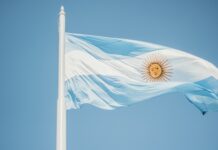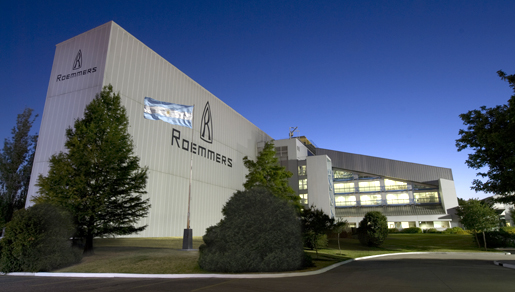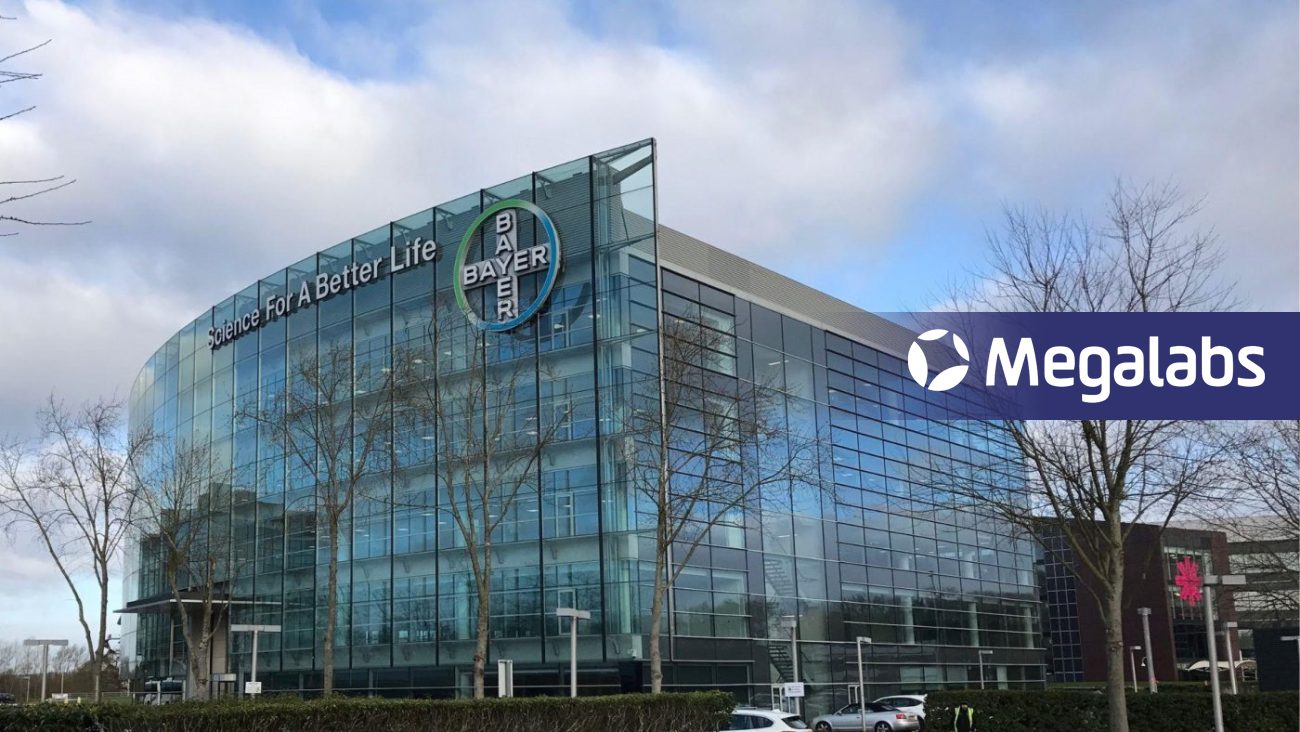The IMS World Review 2014 took place today in Buenos Aires, at Puerto Salguero, in Costa Salguero exhibition center.
The IMS World Review 2014 took place today in Buenos Aires, at Puerto Salguero, in Costa Salguero exhibition center.
The event covered by Pharmabiz brought together the main members of the local pharmaceutical market, represented by national and international drug makers, distributors, and retailers, which were welcomed by the local host Patricio Silva Young, General Manager of IMS Health South Region.
New Zealander Murray Aitken –Executive Director of IMS Institute for Healthcare Informatics- arrived in Argentina to give his perspectives.
Aitken gave the thumbs up to LATAM. He explained that the estimated growth for 2014-2018 in developed countries will range between 2 and 5%. While it is expected that pharmemerging countries -where Latin America has a great importance– will grow by 9 to 12%. An outstanding figure: it will at least double current rates.
Among the so called pharmemerging, Brazil is a highlight, with an estimated growth rate of 13% to 16% in dollars for 2014-2018.
China, India and Russia are other countries that stand out in this group. It is estimated that China will grow by 11% to 14%, while India and Russia will have a probable growth of 10 to 13% and 7 to 5% respectively.
In the crowded event, there was a lot to be said about Brazil. When showing the countries global ranking, the Nation that will dance to the sound of «vuvuzelas» in the forthcoming 20th edition of the FIFA World Cup was the greatest highlight.
The country leaded by Dilma Rousseff has shown a prominent growth during the last years. In 2008 it had the 10th place in the pharmaceutical global ranking; in 2013 it climbed three steps and reached the 6th place, and it is expected that in 2018 it will achieve the 4th place in the global market, after USA, China and Japan.
Then the speaker moved on to the topic of innovation. Here, Oncology, with 1740 molecules under investigation, stands out among the areas where there has been a surge in investment targeted to discover new products.
It is followed by 776 products focused on SNC, 573 antibiotics antivirals, 471 principles for the immune system 350 vaccines, and 198 cardiovascualar active ingredients.
Aitken also referred to blockbuster products. In this area, J&J had a striking performance, owning 5 of the top 10 best valued drugs.
These products are Bayer’s Xarelto, J&J’s Stelara; Novo Nordkisk’s Victoza; J&J’s Invega Sustenna; Amgen/GS’s Prolia; Novartis’s Gilenya; J&J’s Zytiga; Incivo’s Incivek; Bayer’s Eylea; and Gilead’s Sovaldi. Most of these drugs are already being sold in the local market.
Local and Regional Overview
When holding the microphone, the Argentinean speaker Juan Manual Santa María focused on Latin American and Argentine Dynamics and Perspectives.
He highlighted Latin America and said it is in the limelight because its growth rate in 2010-2013 reached a promising 14.8%.
Asia and Oceania occupied the second place, with a 12.2% growth; and really far away were Japan, with a 3.1% growth; Europe with a 1.4% and North America with a 1.2%.
Regarding this point, Santa María emphasized that “Latin American growth is attracting investors who are planning to invests both through licensing and acquisitions”
Looking deep inside Latin America, the expert said that Venezuela, Argentina, Brazil, Dominican Republic, Chile and Peru were the highlights in the ranking of countries that had the best growth in dollars.
Although this growth is a bit «distorted” in Venezuela and Argentina, where pricing has a direct impact on the global growth rate. Thus, if the rate of inflation is discounted, Venezuela went down -31.3% in 2013, and Argentina -5.2% in constant dollars.
Santa María also referred to the increasing impact of national and regional companies in all the countries of the región.
He stressed that Argentina is the only country where national and regional companies have a 60% of the market share, leaving multinationals with just 40% -according to 2014 estimates.
In this respect, Brazil is close to our country, with a national market share of 49%. In the rest of the countries of the region, international companies easily beat national ones. In Colombia, multinational companies have a 60% of the market share, in Venezuela a 61%, and in Mexico a 66%.
Regarding the main challenges the region still has ahead, Santa María mentioned regulatory matters, access to medicine, price dynamics and the specific regulation related to biological and similar products.
















